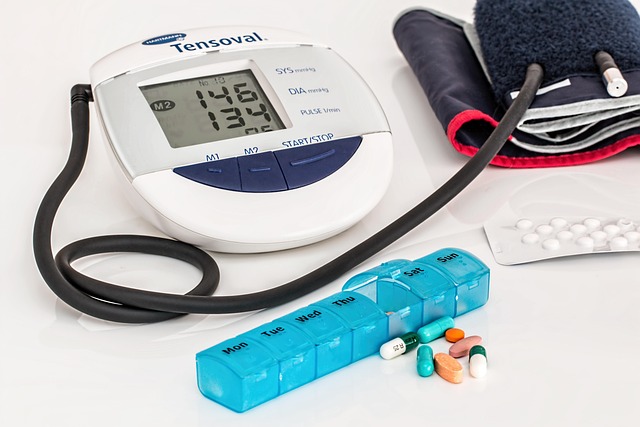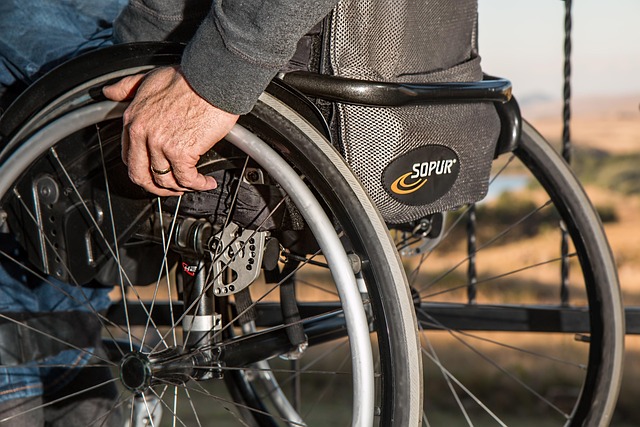In modern healthcare, continuous monitoring of vital signs has become a cornerstone of preventive care, early intervention, and quality assurance. Among the most critical of these signs is the respiratory pattern, which reflects a patient’s immediate physiological state. Traditional monitoring approaches rely on wired electrodes and bulky equipment that can restrict patient mobility and hinder real‑time data acquisition. The emergence of wireless breathing technologies has shifted this paradigm by offering lightweight, unobtrusive, and highly accurate respiratory sensing. These innovations harness a blend of acoustic, optical, and inertial measurement techniques to capture subtle changes in breathing rhythm and volume without requiring direct skin contact. The resulting data streams are transmitted in real time to clinicians’ dashboards, enabling rapid assessment and swift therapeutic decision‑making.
The Genesis of Wireless Breathing Sensors
Wireless breathing devices trace their origins to research conducted in the late 2000s, when engineers began exploring how to measure thoracic motion without the constraints of electrodes. Early prototypes employed accelerometers mounted on the chest wall, capturing mechanical vibrations during inhalation and exhalation. As micro‑electromechanical systems (MEMS) advanced, researchers integrated miniature microphones capable of detecting the acoustic signatures of airflow. In parallel, optical sensors using infrared light were refined to measure minute changes in skin reflectance associated with pulse oximetry, which in turn correlated with respiratory rate. The convergence of these modalities produced a robust framework for wireless breathing measurement, enabling continuous monitoring in both hospital wards and home settings.
- Initial accelerometer‑based systems focused on motion detection.
- Acoustic sensors captured breath sounds for frequency analysis.
- Optical methods leveraged changes in light absorption linked to blood flow.
How the Technology Works
Wireless breathing platforms typically consist of a wearable module and a companion smartphone or bedside computer. The wearable houses sensors such as a miniature piezoelectric transducer, a MEMS microphone, or a flexible optical photoplethysmograph. Data acquisition begins with the sensor capturing raw signals: mechanical displacement, acoustic pressure, or light intensity. Signal processing algorithms—often implemented on the device’s microcontroller—filter out noise, segment breaths, and compute parameters like respiratory rate, tidal volume, and inspiratory/expiratory ratio.
“By extracting both mechanical and acoustic cues, wireless breathing systems achieve an accuracy comparable to gold‑standard polysomnography but with far less user burden.” — Lead researcher at the Respiratory Engineering Lab
After local processing, the module encrypts the data and streams it via Bluetooth Low Energy (BLE) or Wi‑Fi to the receiver. The receiving device then aggregates the information, applies further analytics such as trend analysis or anomaly detection, and presents the results on a clinician’s interface. This closed‑loop architecture allows for seamless integration into electronic health record (EHR) systems, ensuring that respiratory data contributes to comprehensive patient monitoring.
Clinical Impact and Patient Outcomes
The adoption of wireless breathing technology has yielded measurable benefits across multiple care settings. In intensive care units, early detection of hypoventilation or apnea events has reduced the incidence of ventilator‑associated complications. One multi‑center study reported a 30% decrease in undetected apnea episodes when wireless breathing sensors were used alongside standard monitoring. In the realm of sleep medicine, wearable respiratory trackers provide overnight data that are as reliable as overnight polysomnography for identifying obstructive sleep apnea, leading to timely initiation of continuous positive airway pressure (CPAP) therapy.
- Improved detection of respiratory distress in postoperative patients.
- Reduction in ICU readmission rates due to early intervention.
- Enhanced adherence to home ventilation protocols.
Beyond acute care, wireless breathing devices empower chronic disease management. For patients with chronic obstructive pulmonary disease (COPD) or asthma, continuous monitoring facilitates remote titration of bronchodilators and early identification of exacerbations. Tele‑health platforms that integrate wireless breathing data can trigger alerts to clinicians, prompting preemptive adjustments that mitigate hospital admissions. In the context of aging populations, the ability to monitor respiratory function at home improves quality of life and enables caregivers to intervene promptly when deviations arise.
Case Studies and Real‑World Deployments
Several healthcare systems have piloted wireless breathing solutions with encouraging outcomes. In a pediatric ward, a wireless respiratory sensor integrated with the existing bedside monitor allowed nurses to observe real‑time breathing curves during medication administration, reducing episodes of post‑operative respiratory depression. In a community health center, a wireless breathing vest was distributed to rural patients with heart failure; the data were transmitted to a central monitoring hub, where clinicians detected fluid overload patterns early and adjusted diuretic therapy accordingly.
One noteworthy deployment involved a regional hospital network that rolled out wireless breathing devices across 50 units. Within the first six months, the institution recorded a 25% reduction in code blue events related to respiratory failure. Data analytics highlighted specific risk factors—such as prolonged bed rest and high oxygen supplementation—that correlated with abrupt changes in breathing patterns, enabling targeted preventive strategies.
Future Directions and Emerging Trends
Looking ahead, the trajectory of wireless breathing innovation points toward deeper integration of artificial intelligence (AI) and multimodal sensing. AI algorithms capable of pattern recognition across respiratory, cardiovascular, and metabolic data streams will enable predictive analytics that forecast deterioration before clinical signs become evident. Moreover, the convergence of flexible electronics and textile integration is paving the way for “smart clothing” that monitors breathing continuously during daily activities, offering unprecedented lifestyle analytics.
Regulatory landscapes are evolving to accommodate these devices. Standards for data security, interoperability, and clinical validation are being refined, ensuring that wireless breathing solutions maintain patient privacy while meeting rigorous accuracy benchmarks. In parallel, research into non‑contact breathing measurement—such as radar or infrared thermography—could eliminate the need for wearable sensors altogether, opening new frontiers for unobtrusive patient monitoring in both hospital and home environments.




